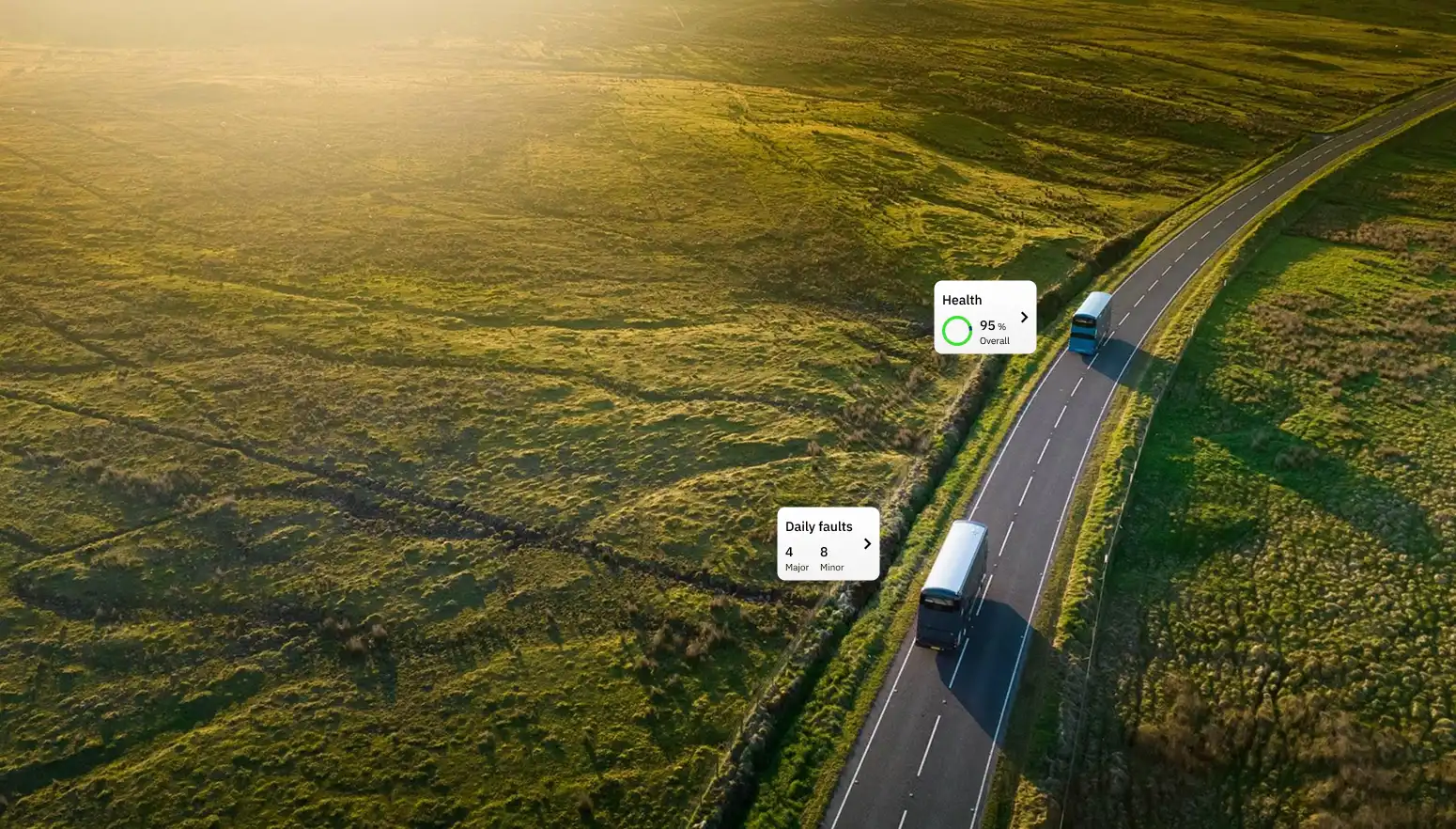Copywriting tips for Conversion Rate Optimisation
Your website design looks great, you’re in the top 3 for several big search terms - and yet your conversion rates are disappointing. What could be wrong?

There are lots of factors in getting your website to convert visitors into customers. You may be focused on improving the design, or how well your website ranks in Google - but often overlooked is the quality of your copy.
You could have the best-looking website in the world - but if your users don’t understand it, or get what they need from it, they won’t hang around for long.
With that in mind, here are our top tips for creating copy that inspires your visitors and turns them into loyal customers.
Make sure your content speaks to a wide audience
It’s a common misconception that if you have a decent vocabulary and you can spell, that means you can write well. In reality, good copywriting is more about:
- Making sure everyone can understand it
- Making it enjoyable to read
- Not boring people
That means you should avoid using jargon, keep sentences short and punchy, and don’t feel like you have to include every last detail (more on that later).
Plenty of copywriters get by on impressing clients with fancy turns of phrase and big words. But if they don’t adhere to these three basic principles, their results will be poor.
Use copywriting formulas
You can use tried and tested copywriting methods to make your writing instantly more effective.
Even seasoned copywriters can benefit from these formulas to help ensure they cover every stage of a customer’s thought process.
One formula is the four Ps:
- Problem - acknowledge the problem your user is looking to solve.
- Promise - let them know you have the solution to their problem.
- Proof - why should they believe what you say?
- Proposal - offer the solution to them. Often this will be your call to action - the button or link that gets them to act (e.g. sign up for X).
Another effective formula is PAPA:
- Problem
- Advantages of solving that problem
- Proof that you can help them
- Action.
Notice the similarities? They all acknowledge a problem, address it, prove they have the solution, and then encourage action.
Go and read landing pages for your favourite brands, and you’ll quickly spot how they all use some variation of this approach.
Less is more
While long-form content will give you the best bang for your buck in terms of search performance, that doesn’t mean every paragraph has to include every detail that springs to mind.
In fact, you should try to start your pages as punchy and concise as you can - that bit’s for your customers. Then feel free to write an encyclopaedia on your subject below that - this is for Google, and the people who need a bit more convincing.
Think about how Apple advertises their products. They’re the masters of tight, engaging copy - and it sells.
Now think about the last Amazon product you looked at: how far did you have to scroll down to read the real detail? Amazon knows their users mostly just want the basic description, a review score, the price and an easy way to buy. A smaller percentage want the real meaty detail, and that’s why it’s further down the page.
Learn where to trim your content
It’s common for copywriters to worry about leaving things out. That’s why some websites seem to take a ‘kitchen sink’ approach, where every last detail is covered - at the cost of clarity.
Good copywriting is about conveying the most effective message in the least number of words (within reason).
Here’s an example:
Higher Ground is a user experience and CRO agency that can help you grow your business by providing expert insights into where your website could be performing better.
or
Higher Ground can help you grow your business by improving your website.
Which is better? Well, that’s debatable - but the second one is easier to understand. And when your visitors first see your website, when you have a very short time to win their attention, the second one wins every time.
It’s not about cutting all your sentences in half. It’s about making sure the first thing users see is simple and straightforward, and then giving the option of reading the detail later on.
Lead users down the page
Structure is key. If you are tackling a page about "conversion rate optimisation" then you need to break the page into meaningful bites, leading the user down the page linking to relevant and important areas during their journey (don't forget to make it easy for the user to get back to where they were).
Read about Conversion Rate Optimisation tips here.
Use tools to help you
There are plenty of tools out there to help you improve your writing, but our favourite is Hemingway (www.hemingwayapp.com) - a clever tool that tells you where your writing might be starting to get sloppy.
Copy and paste an article and it’ll immediately tell you which sentences are hard to read, and where you could cut a few words out. The suggestions are conveniently colour-coded to help you prioritise your changes. It even gives you a ‘readability score’ that gives a great overview of your content. Over time, it will train you to write more clearly and concisely - and that’s good news for your conversion rates.
This article is brought to you by Higher Ground UX agency, we specialise in Conversion Rate Optimisation and UX design.


.svg)




